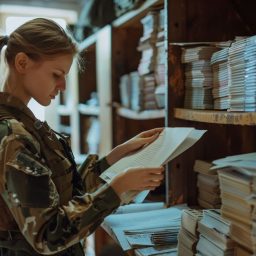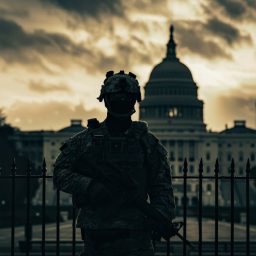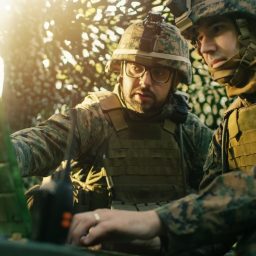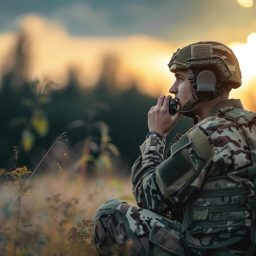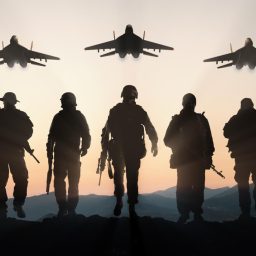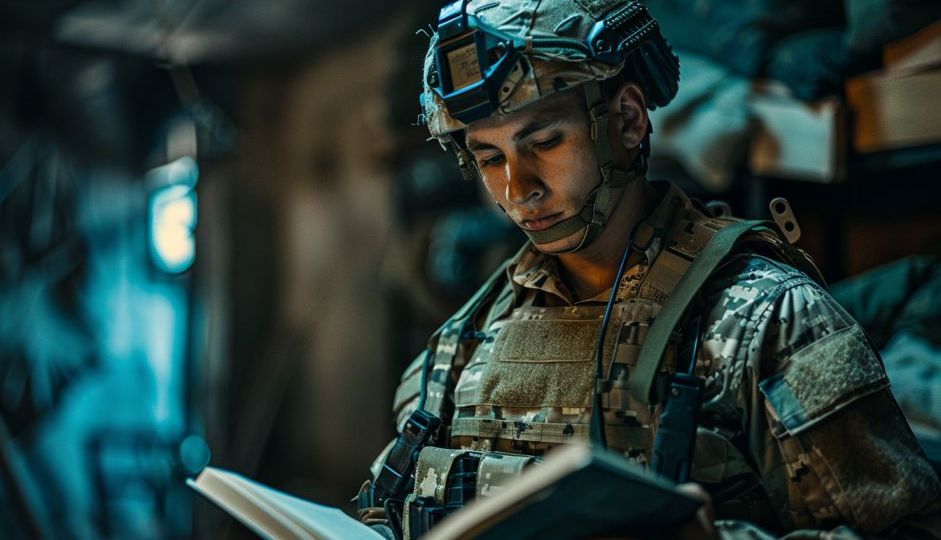
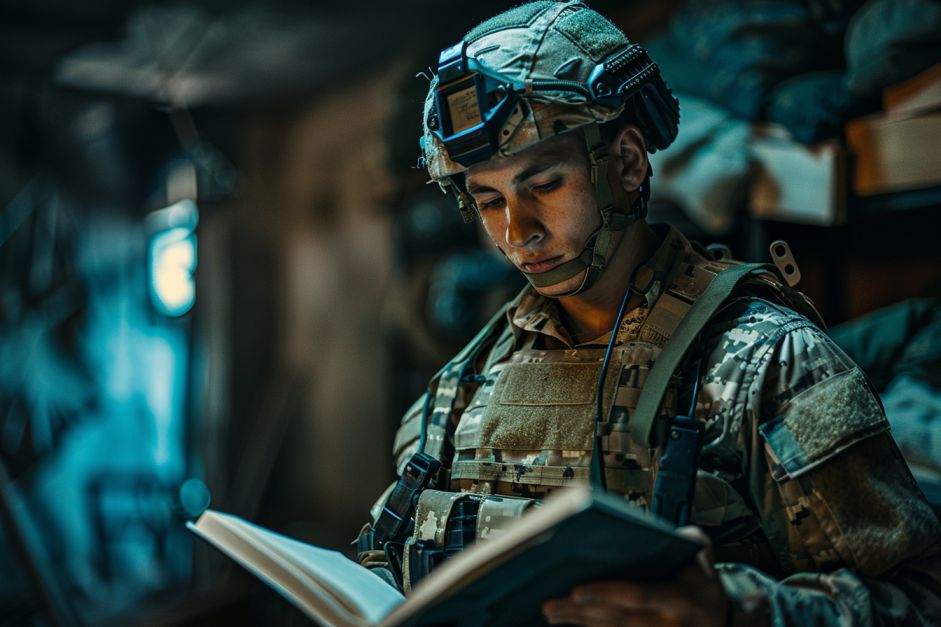
The history of military translations dates back to ancient civilisations. Even then, there was a need to provide information in different languages during wars and when negotiating alliances.
In military history, translations involve the interpretation of strategies, orders, and confidential information. Some words mean the difference between life and death. Have you ever wondered how translation has evolved over the centuries?
Contents
Origins of military translations
The pharaohs of the Ancient Egypt, during their numerous military campaigns, used translators to communicate with conquered people. Negotiating with prisoners or allies would have been impossible without them. The Rosetta Stone, discovered in 1799, features inscriptions in two different languages (Egyptian and Greek) and three scripts that were used frequently back then.
Greek commanders conducted campaigns across vast areas. Translators facilitated talks with local rulers and helped to manage conquered territories in their absence. Understanding local traditions and customs would have been challenging without assistance. Cultural differences could have led to additional conflicts.
The Romans also recognised the value of translators. Their empire spanned from Britain to the Middle East. Multilingual individuals aided in diplomacy and during battles.
Wars and conquests were the primary drivers of translation development in antiquity. A Roman general relied on translators when speaking with mercenaries from distant lands.
Early methods of translation
In antiquity, translators were present alongside commanders to relay orders. They participated in battles and had to translate words amidst the chaos and noise quickly. Their task was exceptionally challenging. Any mistake could lead to disaster.
Translators were invaluable during negotiations with enemies. During the Roman wars against Carthage, they were involved in discussions between Hannibal and Roman commanders. Direct communication facilitated the temporary truces.
Translators had to be well-versed in the cultures and customs of both sides. They often used gestures and symbols to facilitate communication.
Middle Ages and Renaissance
The Crusades in the 11th to the 13th century were a period of intense cultural contact between the East and the West. Crusaders, setting out from Europe to the Middle East, communicated with inhabitants of distant lands. Translators helped them to negotiate surrender terms, forge alliances, and resolve conflicts.
Crusaders primarily communicated in Latin, French, English, and German, while the Saracens (Muslim residents of the Middle East) mainly used Arabic. Translators used to specialise in several languages. Their services were very useful and valued.
During the Middle Ages, the importance of written translations grew. Diplomatic correspondence and treaties were translated into other languages. In response to increasing demand, the first translation schools began to grow.
In the 12th century, Archbishop Raymond I founded the Spanish Escuela de Traductores in Toledo. Christian, Muslim, and Jewish scholars translated ancient works from Arabic into Latin there. Their work contributed to the spread of scientific knowledge.
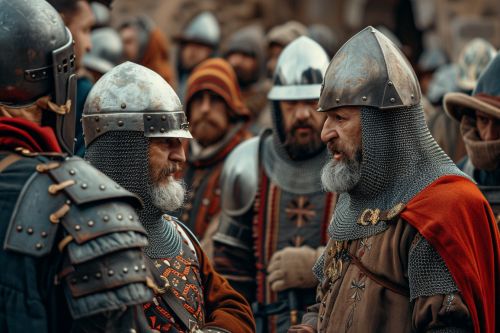
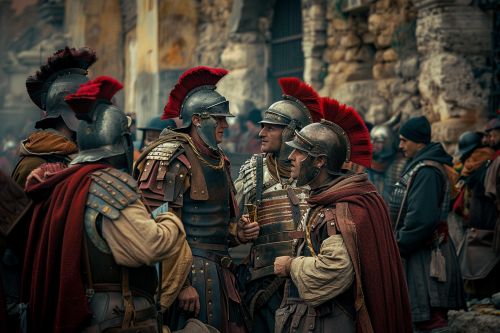
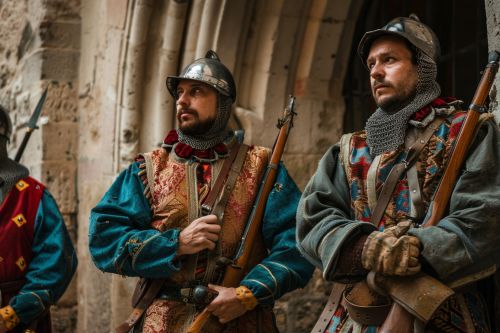
Modern Era
Significant changes in the army organisation strategies occurred during the modern era. Napoleon Bonaparte’s armies (1799-1815) used the help of military interpreters, who aided in communicating with the local population and studied local geography and culture.
Translators in the Napoleonic Wars were present at the highest levels of command. They translated intelligence information, reports, and strategic documents. They assisted in understanding the tactics and plans of the enemy.
The 19th century witnessed rapid technological development. One of the most significant inventions was the telegraph, introduced in the first half of the 19th century. This device revolutionised the transmission of messages over long distances and military services.
Telegraph, Morse Code, and their impact on translations
Morse code, invented in the 1840s, became the standard in telegraphy. Translators had to learn to decode messages. Telegraphs were used to transmit important military orders and intelligence information. During the American Civil War (1861-1865), they were widely used by armed forces on both sides of the conflict.
The importance of military translation increased with communication technologies. In the 19th century, military diplomacy became more complex. Translators had to interpret texts and understand the principles of diplomatic and military language to avoid misunderstandings.
Early 20th century
World War I (1914-1918) was a conflict of unprecedented scale. It involved many nations speaking dozens of languages. At the beginning of the 20th century, leaving one’s country was rare, and many young soldiers heard foreign languages for the first time on the battlefield.
Soldiers who spoke multiple languages quickly became translators. On the Western Front, where British, French, Americans, and other nationalities fought, they assisted in transmitting orders, translating reports, and daily communication in the trenches.
During the Battle of Verdun (1916), one of the bloodiest battles of World War I, translators had to work tirelessly. They passed information between French and British commanders and military personnel.
Women also served as translators. They were usually not involved directly on the battlefield but handled documentation. One such individual was Marguerite McArthur, who worked at the French War Office Translation Bureau.
Early attempts to standardise military terminology
World War I also marked the period when the first attempts to standardise military terminology were made. Armed forces used different words for the same concepts. This led to numerous misunderstandings. To address this, special military dictionaries and lists of standard terms were created.
World War II
World War II (1939-1945) was a time of intense international cooperation within the Allied coalition. Multinational forces comprising British, Americans, French, Poles, Canadians, Australians, and many other nations had to coordinate their actions across various fronts.
Military translators worked at command headquarters. They helped in creating and translating operational documents into various languages so that each unit knew the tasks it had to perform.
Cryptographers: Translators decoding enemy codes
The most famous cryptographic project during World War II was the German Enigma code. At Bletchley Park, a secret British intelligence centre, a team of cryptographers, including the renowned Alan Turing, worked to decipher the complex German machine. Translators were part of this process. They interpreted intercepted messages and translated them into a language understandable to analysts.
Americans also achieved cryptographic success. Using the services of translators who knew Japanese, along with cryptographers, they managed to break the Japanese Purple encryption machine code. Thanks to this knowledge, they anticipated Japanese plans before the Battle of Midway in 1942. Commanders learnt how to strategically deploy forces for a decisive victory.
Cold War
During the Cold War, translators were involved in espionage and counter-espionage. Relations between the USA and the USSR were tense. Any miscommunication could lead to an escalation of the conflict. The stakes were high, as both countries had succeeded in developing nuclear weapons.
Translators translated intercepted communications, telephone conversations, and documents. Specialist linguists proficient in Russian and the languages of USSR allies were invaluable assets for the CIA.
Translators often participated in the military operations and the interrogations of defectors and prisoners. During the Cuban Missile Crisis in 1962, they analysed Soviet documents and radio messages.
Technological arms race and the development of translations
The Cold War was a period of intense arms race. Technical translations became a part of the national security scheme. The USA and USSR sought to gain a technological edge. They attempted to intercept technical documentation and scientific research results.
The computers and the first translation programs in the 1960s and 70s revolutionised the translation process. In 1968, SYSTRAN was used by the United States military to translate Russian technical documents. This program could process faster large volumes of text.
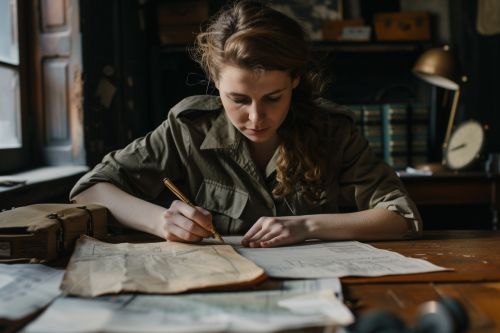
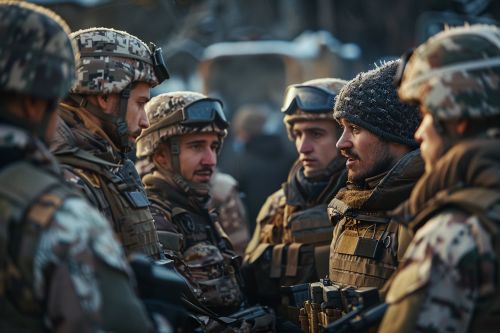
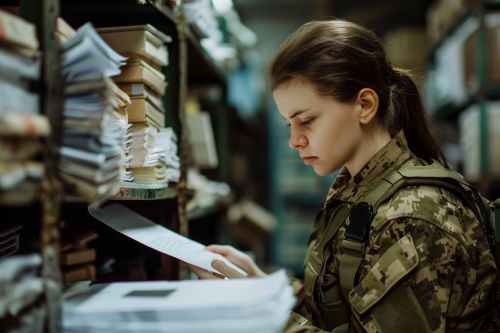
Contemporary conflicts
Modern armed conflicts, such as the ones in Afghanistan, Iraq, and the Syrian civil wars, are complex. Nowadays, multinational coalitions form during the conflicts. The military forces of individual countries must collaborate closely to achieve success.
During operations in Afghanistan, coalition forces consisted of soldiers from over 40 countries. Each mission required precise coordination. Translators had to stay updated with military terminology, local culture, and the various languages used by allied forces. Communicating with the local population was an attempt to gain its trust.
Military translators must be prepared to respond quickly when a crisis happens. An example is the rescue operation during the 2010 Haiti earthquake, where translators participated in coordinating rescue efforts between international teams and the local population.
Modern military translations
Effective communication is fundamental during military operations. Skrivanek translation agency offers specialised translation services. We are ready to meet the needs of modern armed forces.
Our translators are experienced professionals with military knowledge. We understand the specifics of technical terminology. Our services are accurate. We handle both interpreting and written translations.
We use advanced translation software and also offer real-time translation in crisis and humanitarian operations.
Furthermore, we collaborate with international organisations and government agencies and provide them with comprehensive translation support. Contact us. Together, we will ensure secure communication at every stage of the mission.
Images generated by AI.

